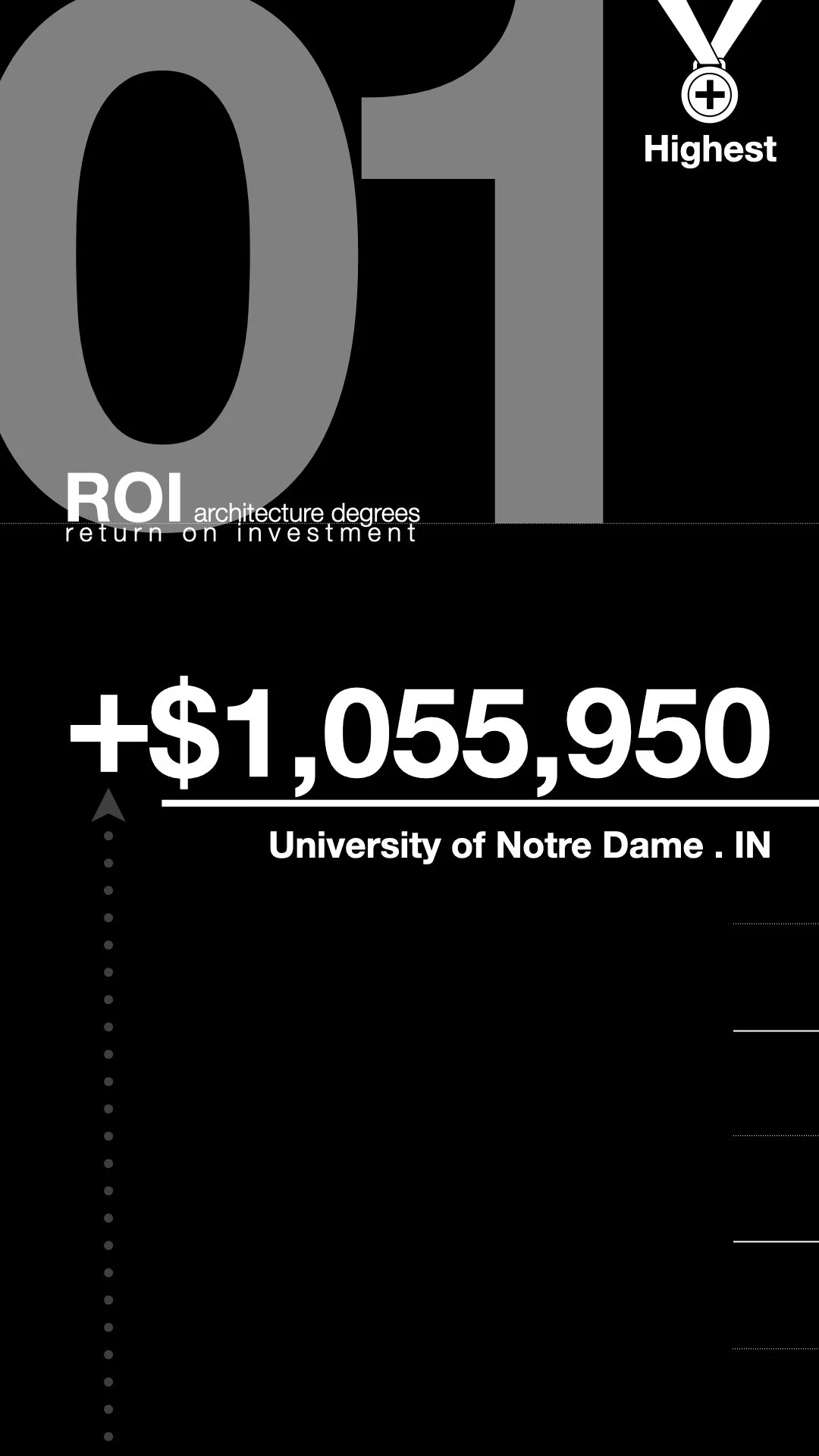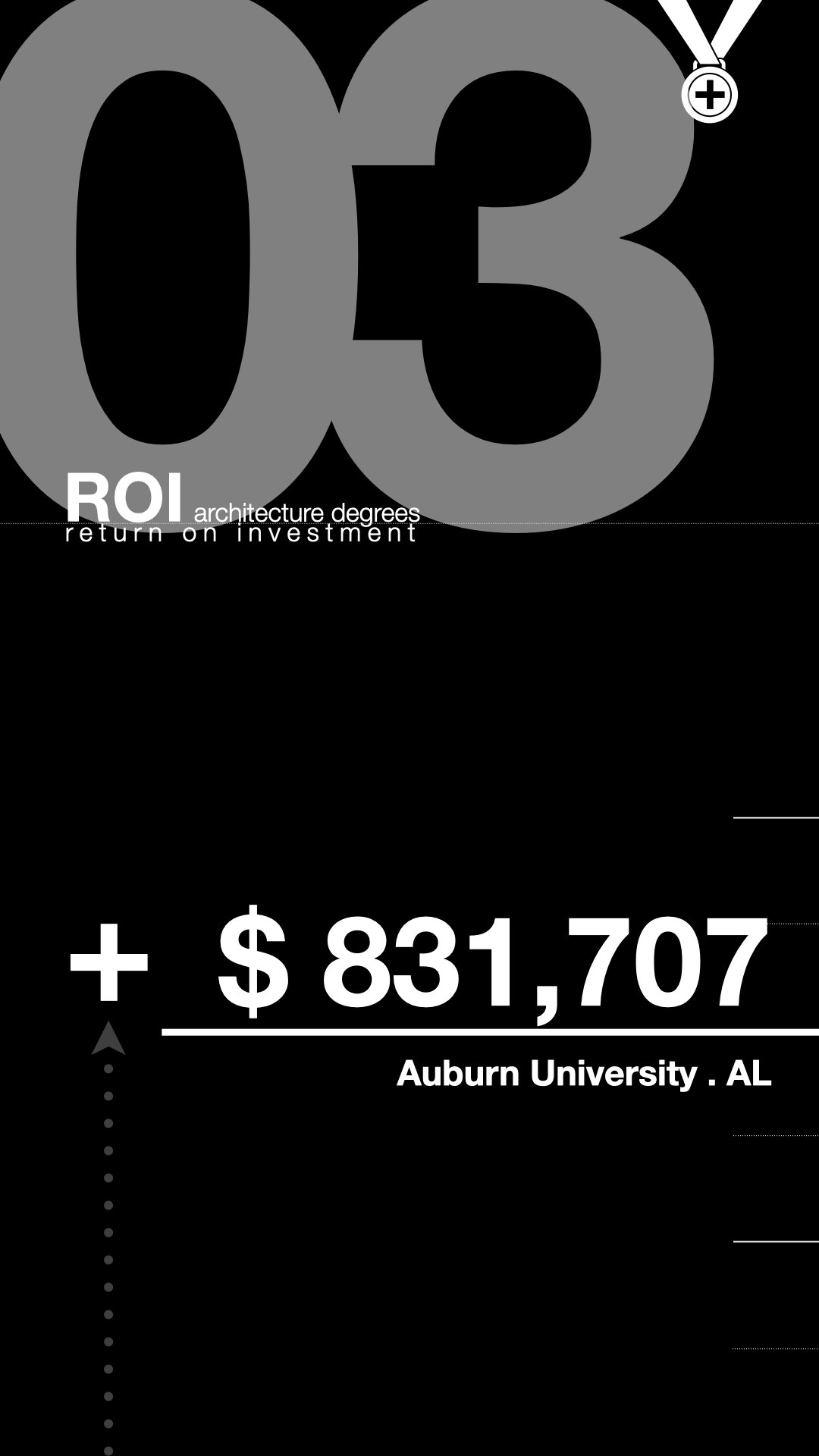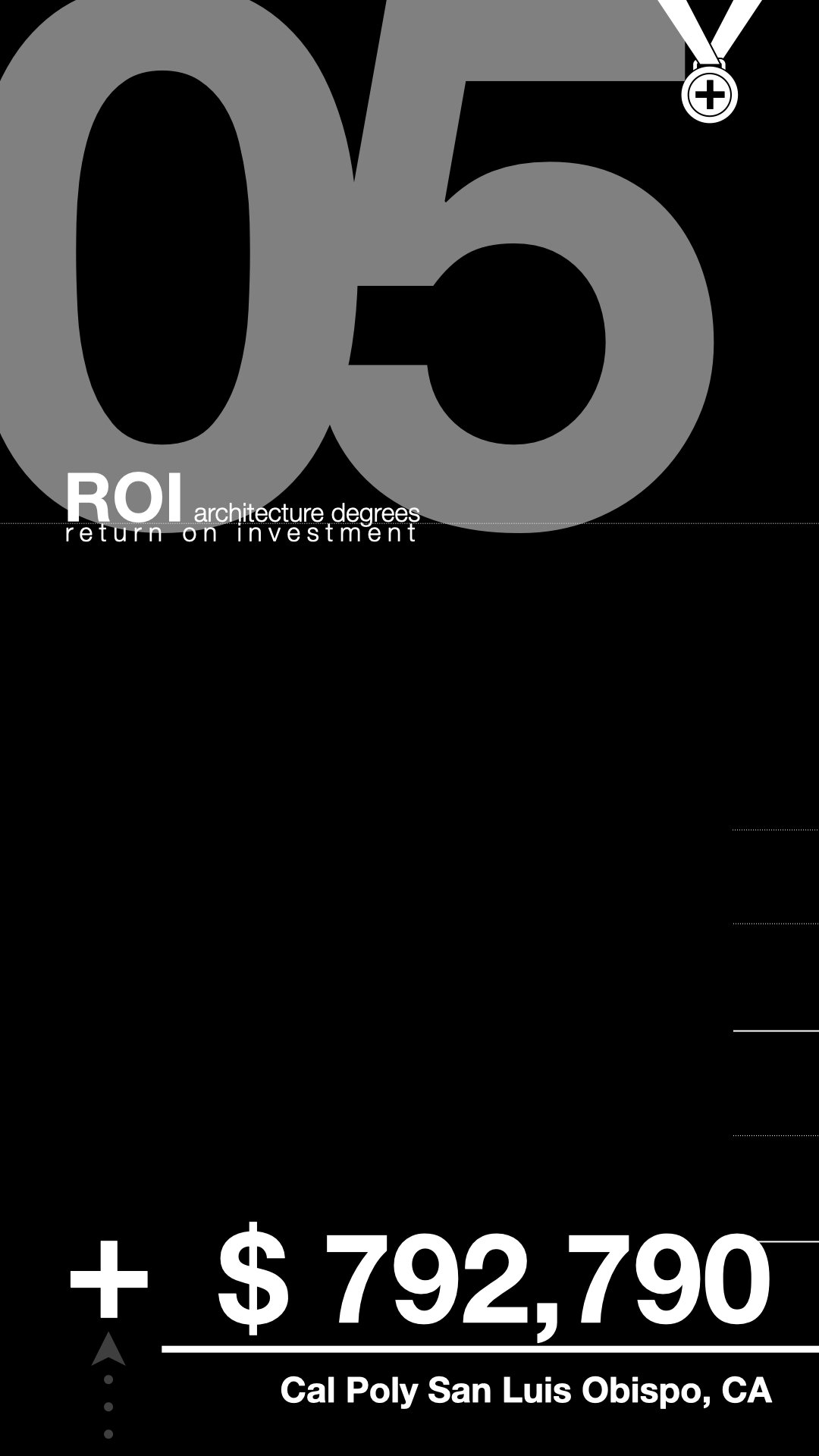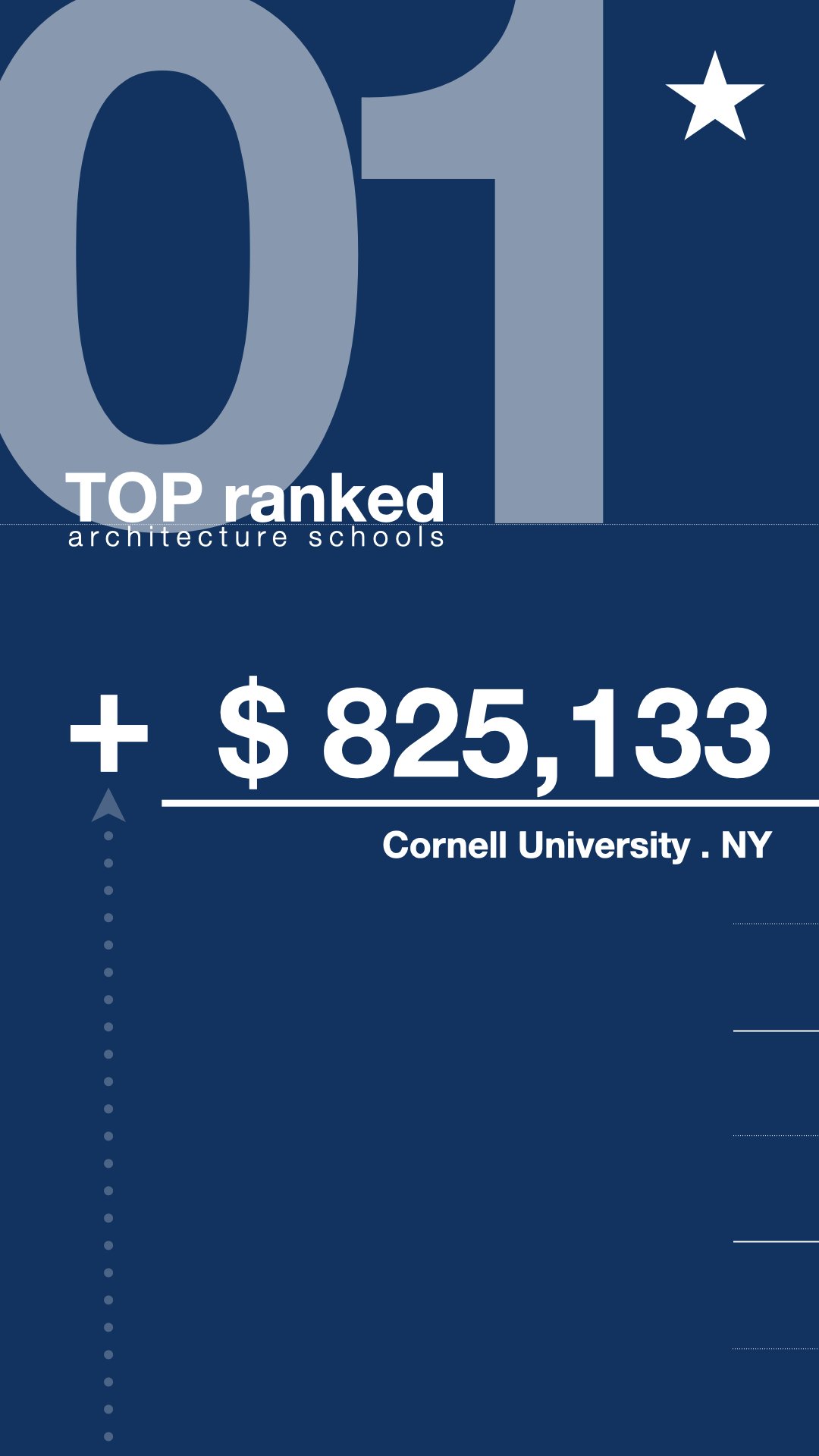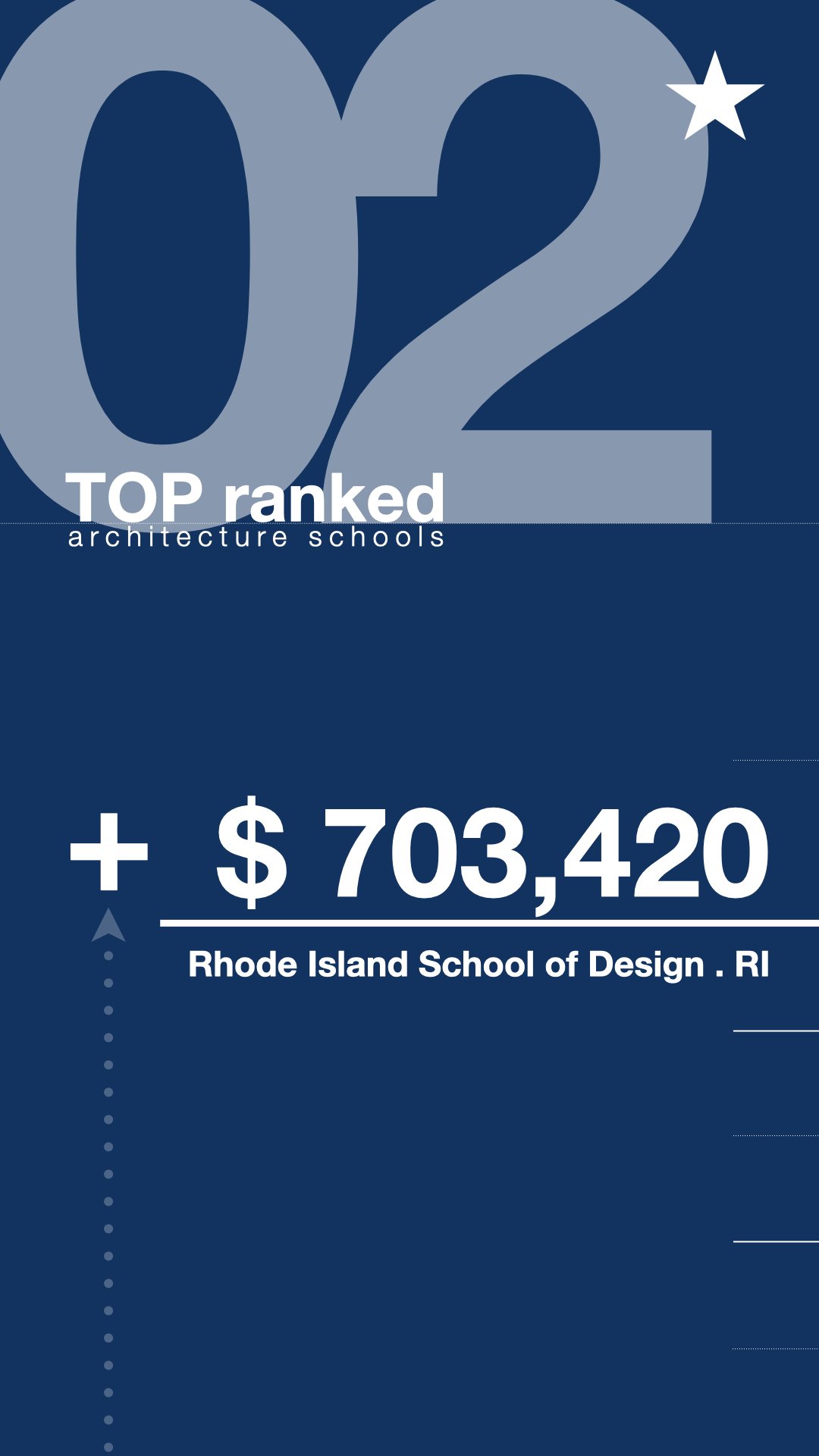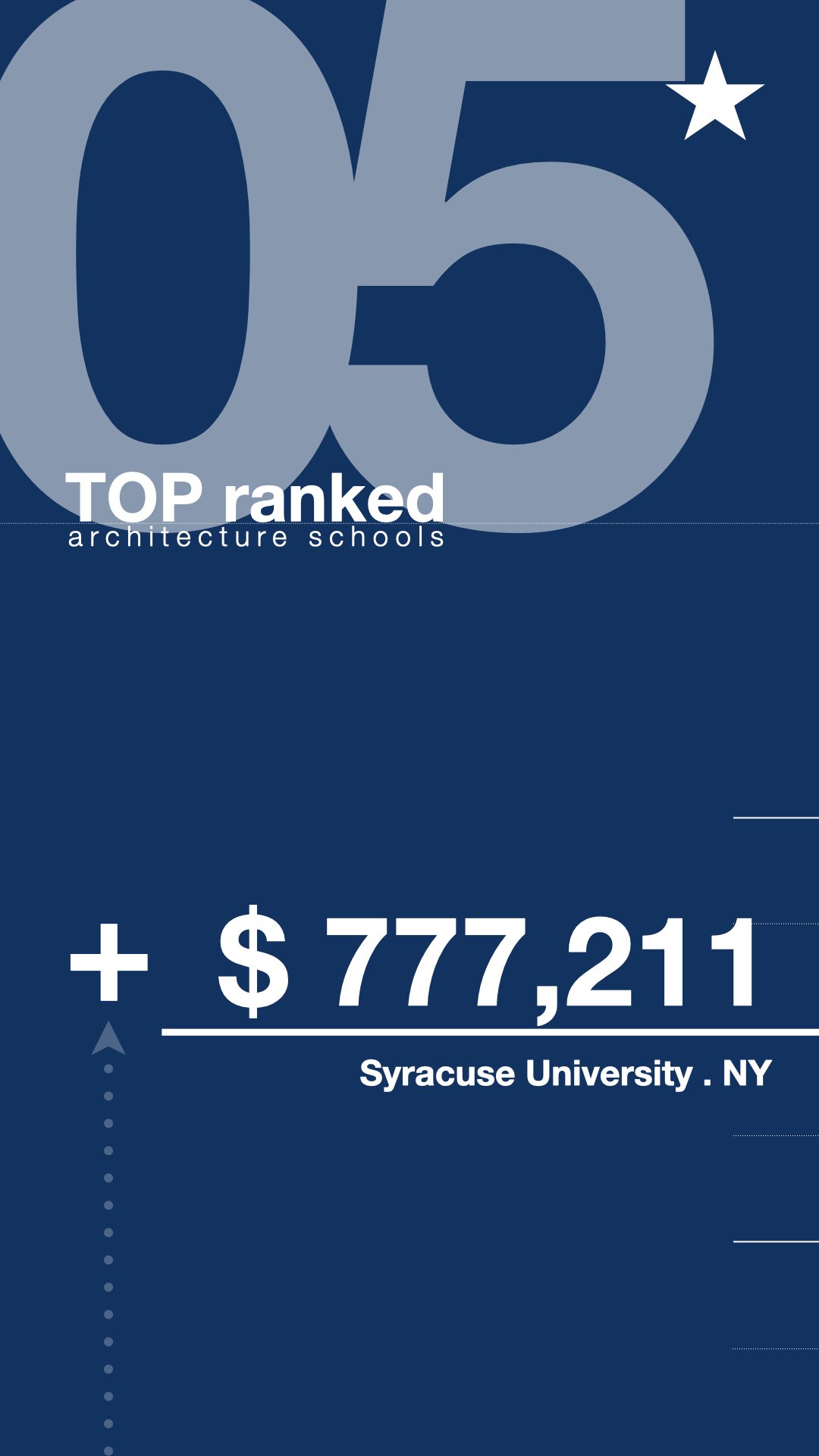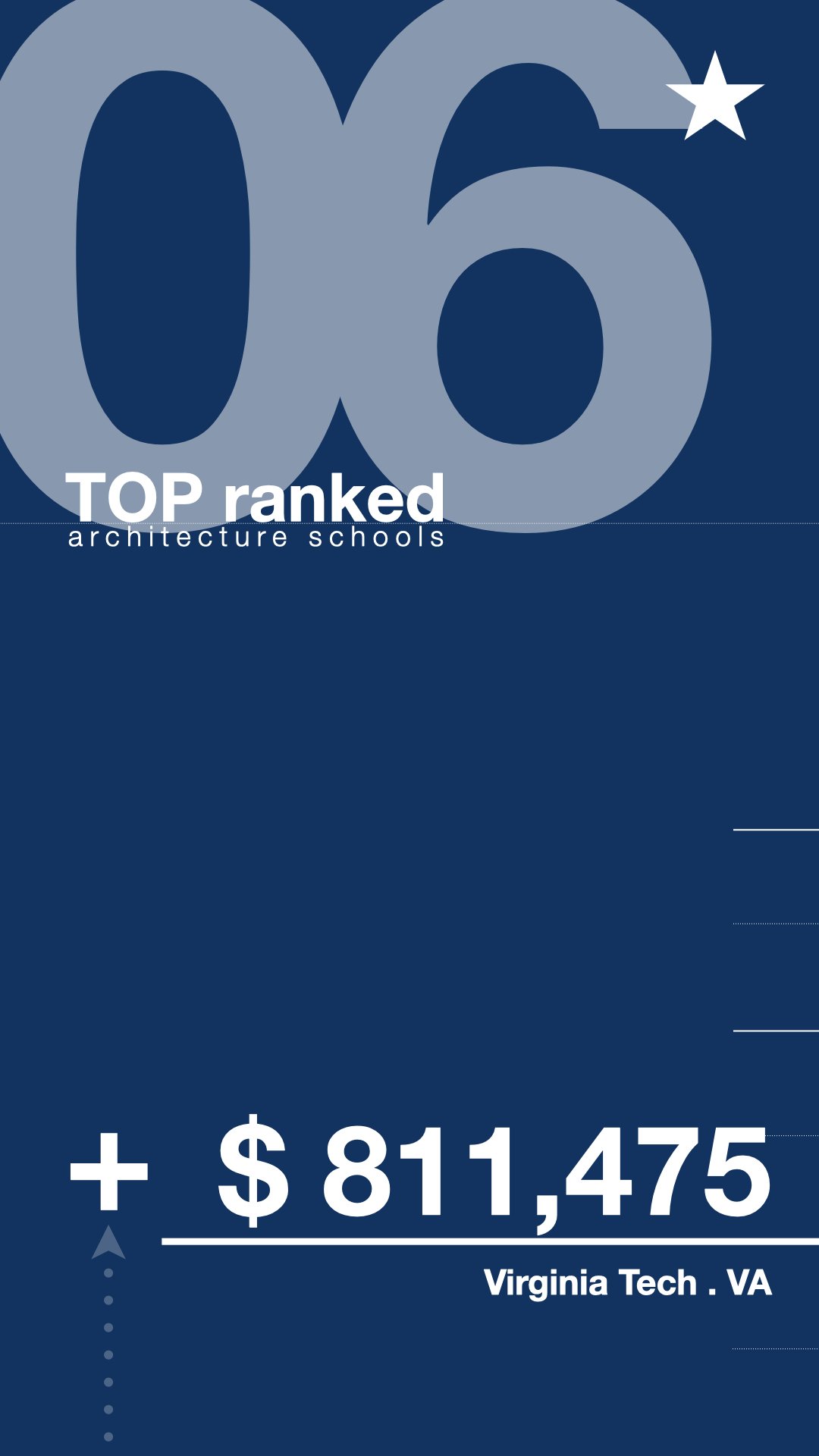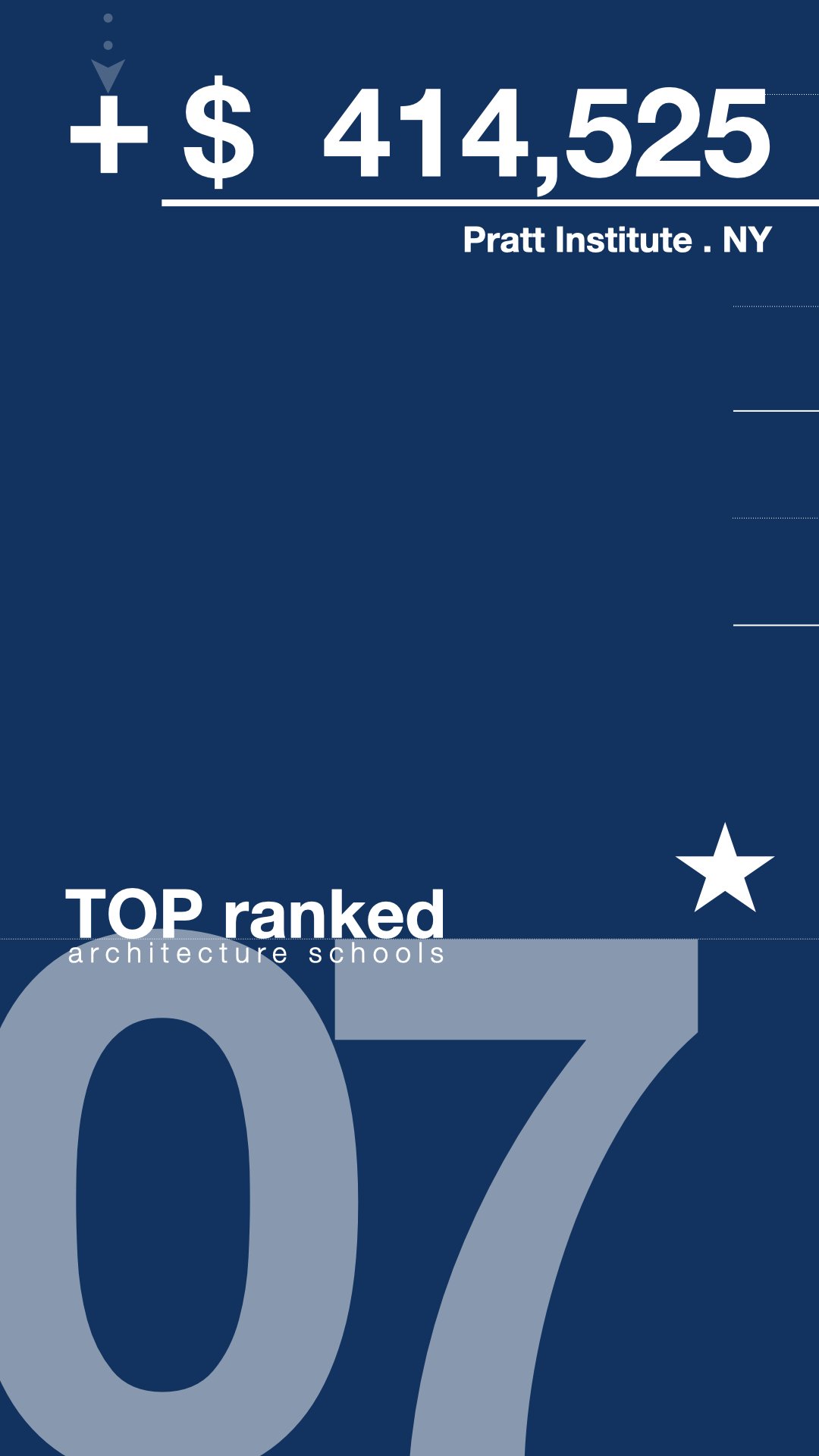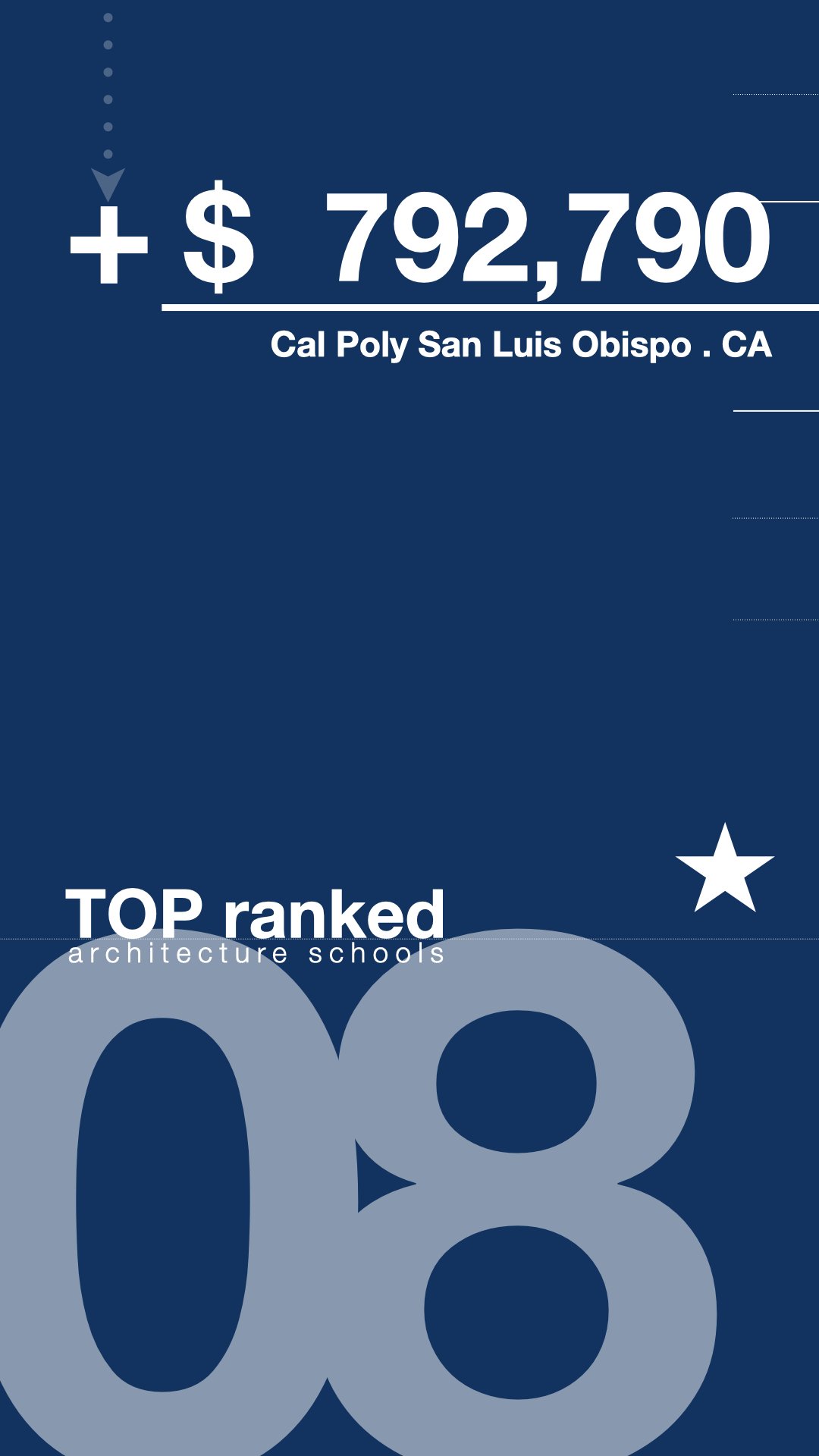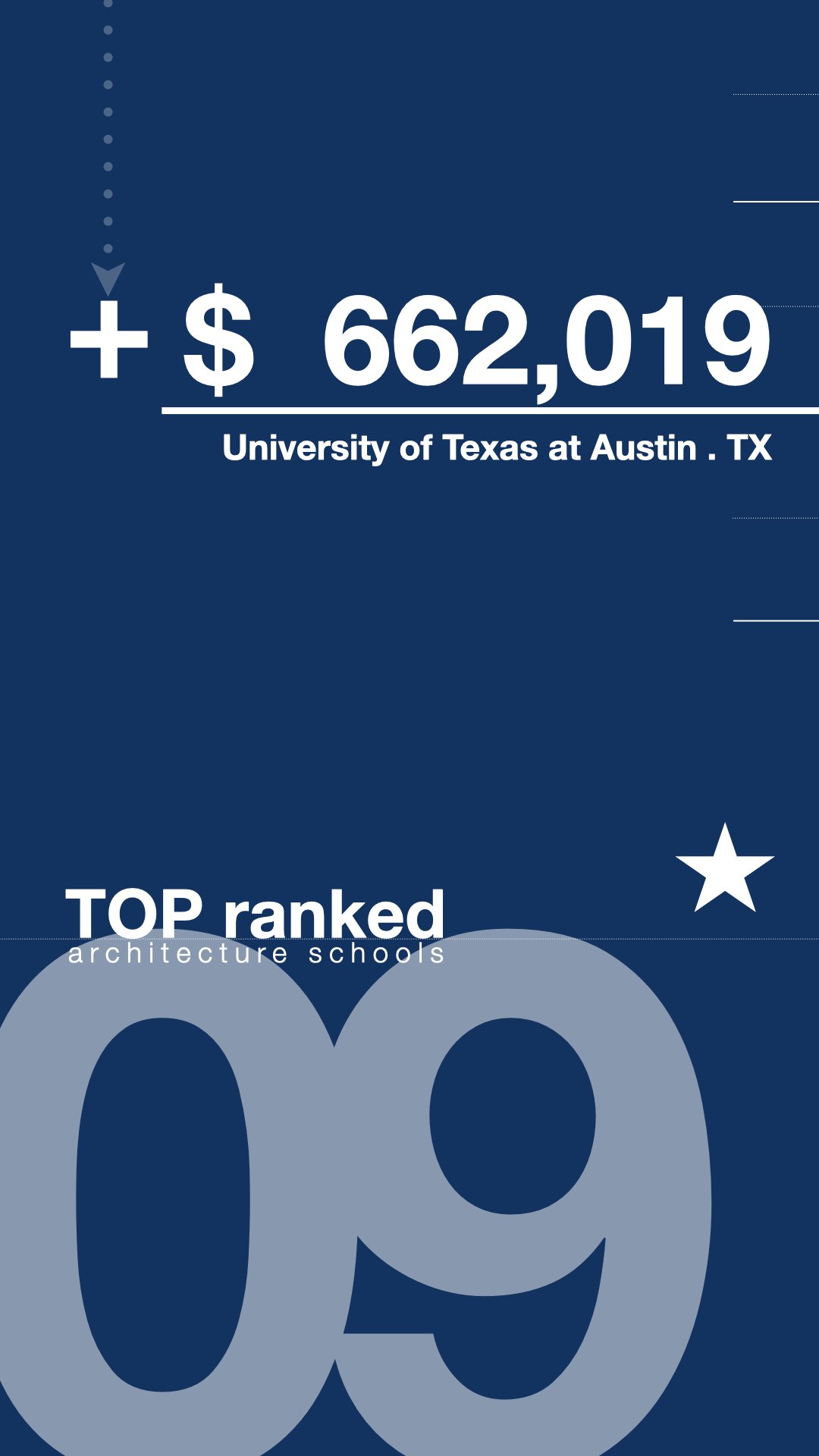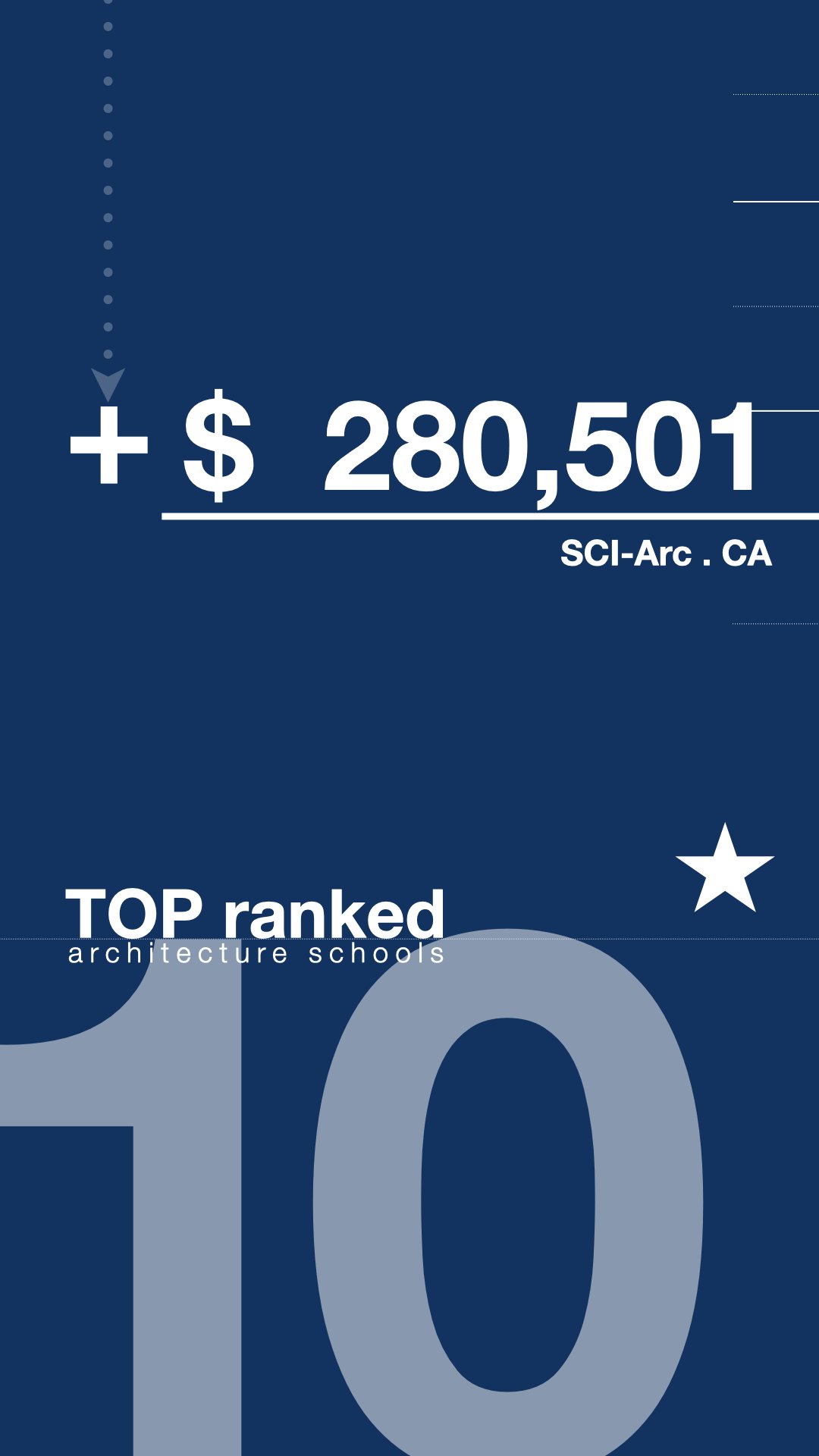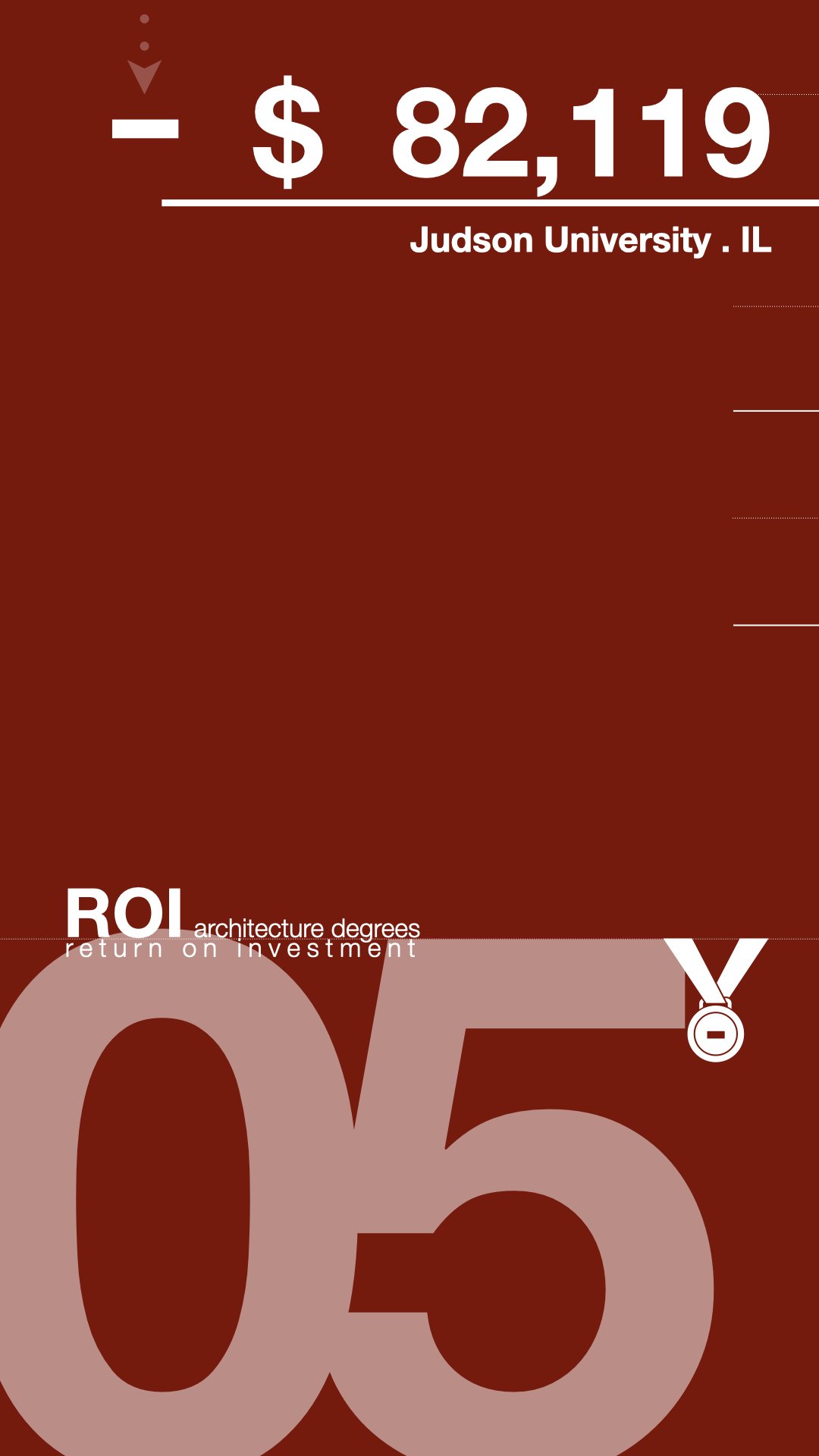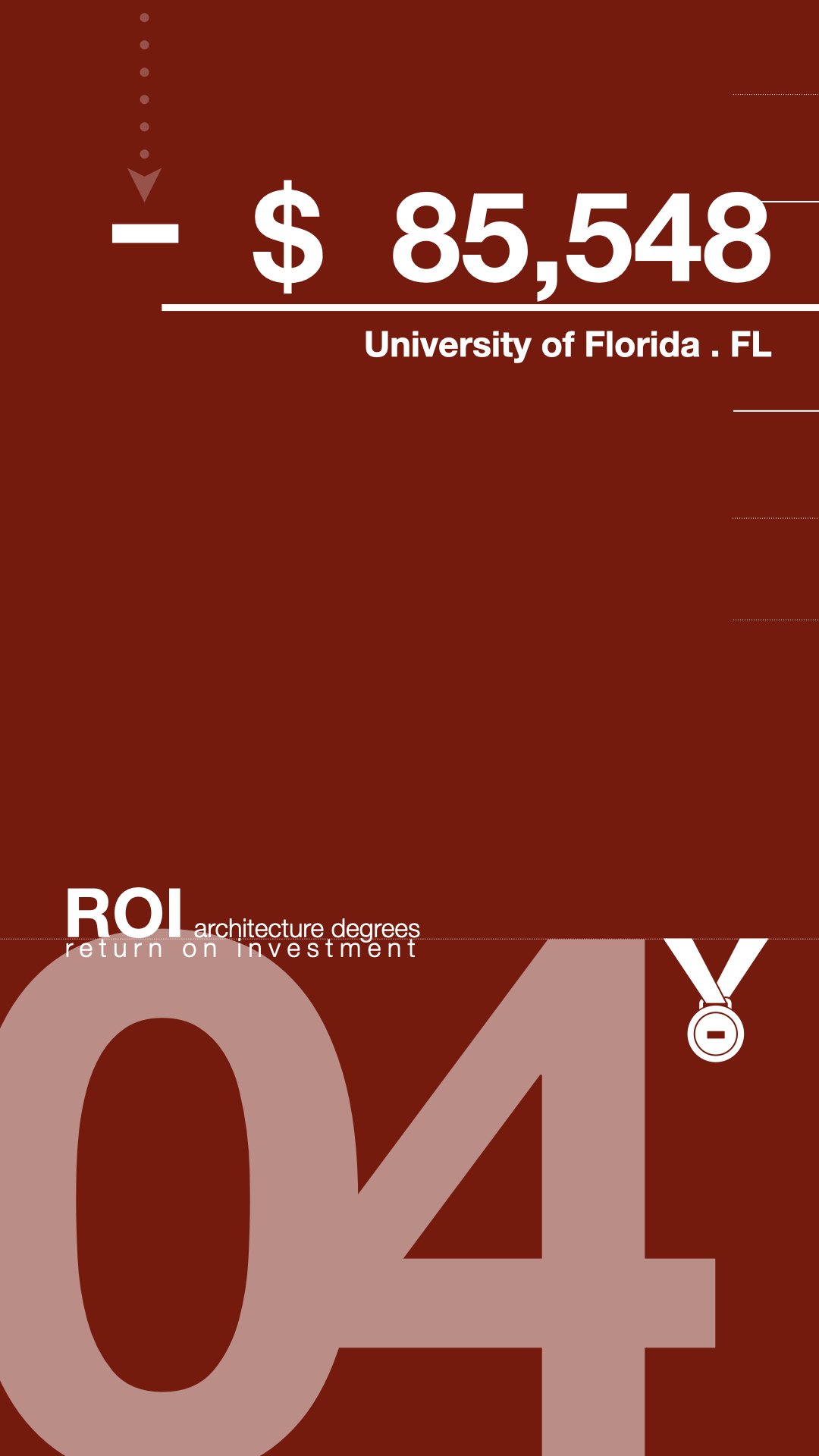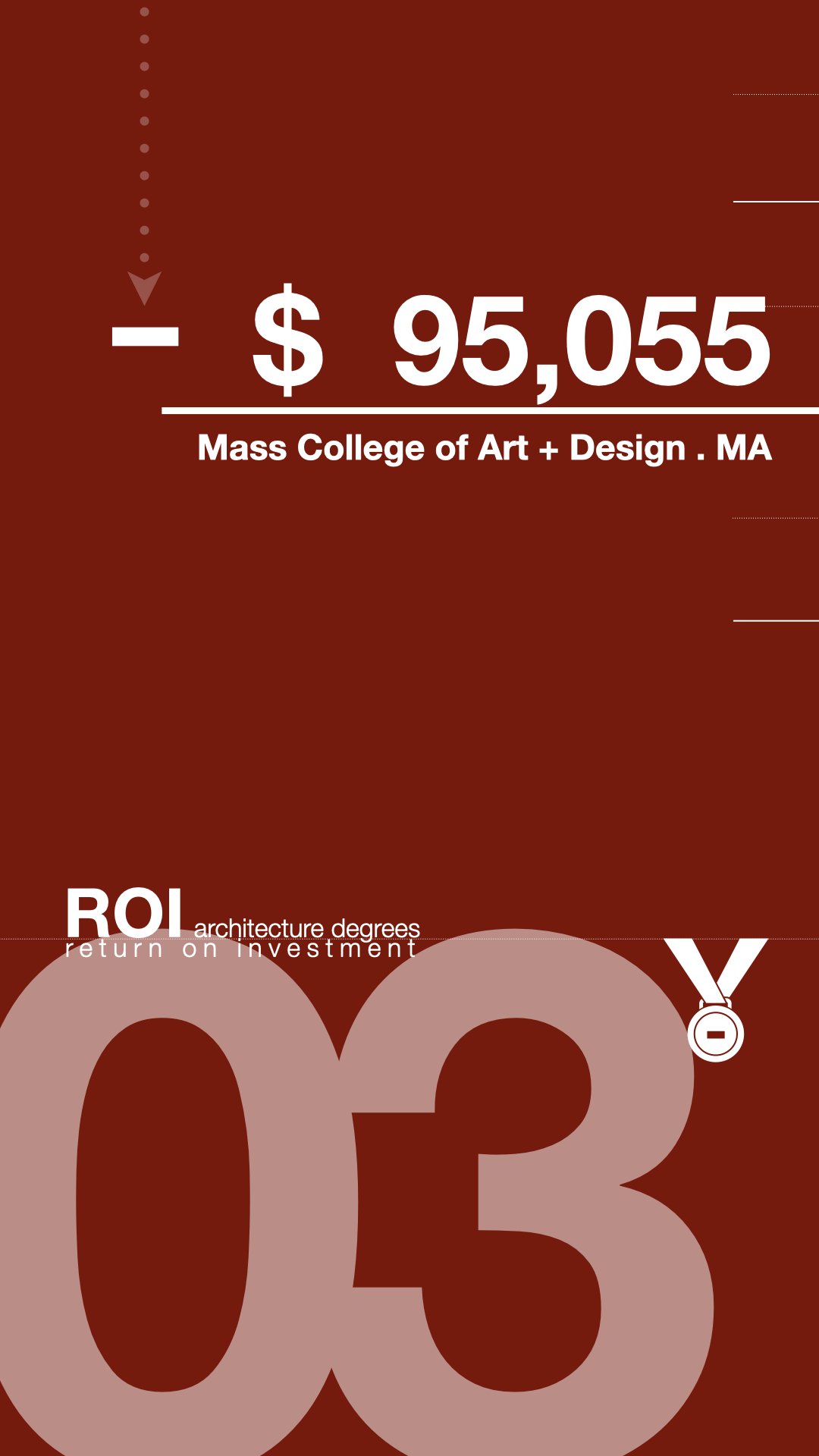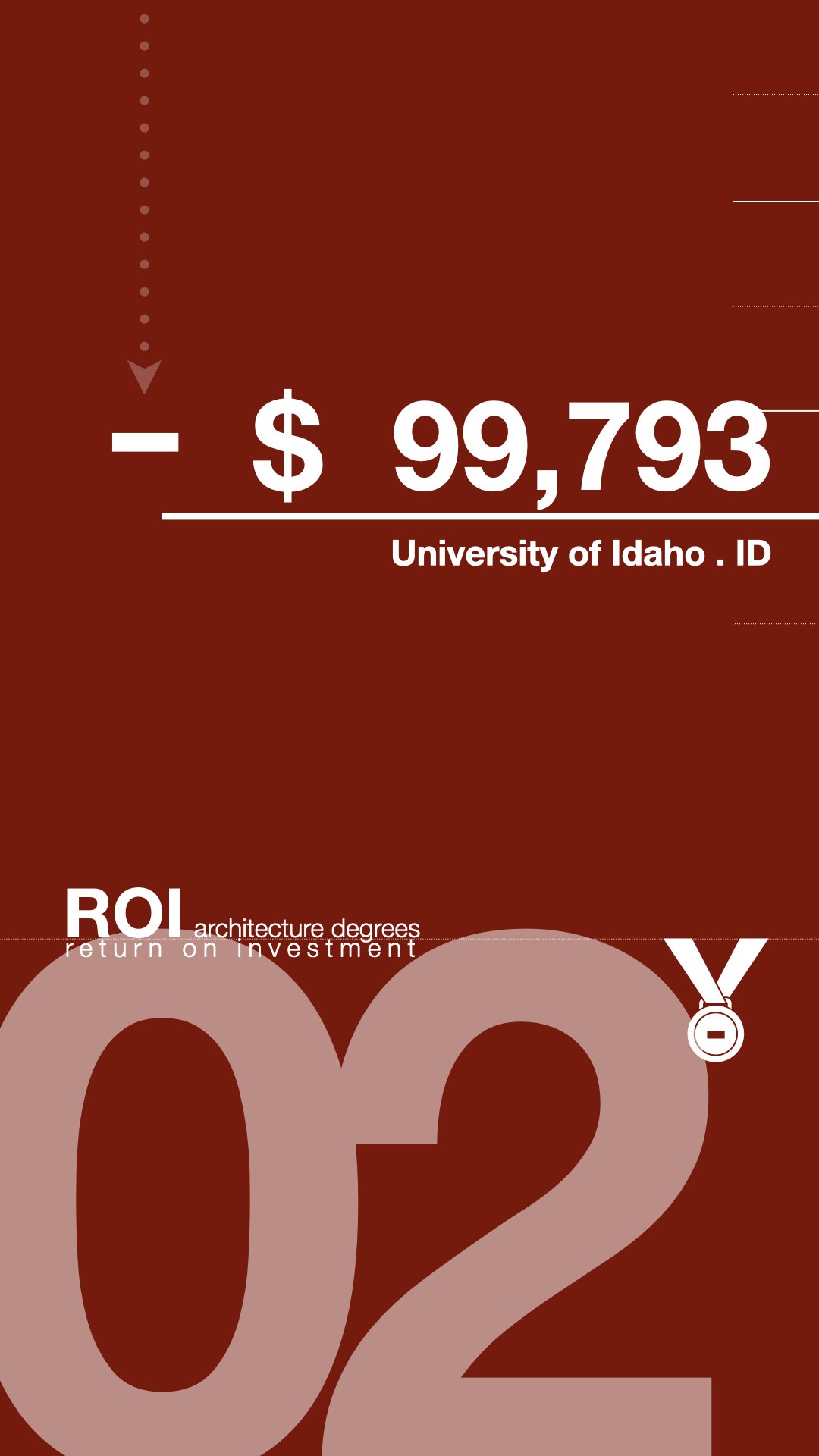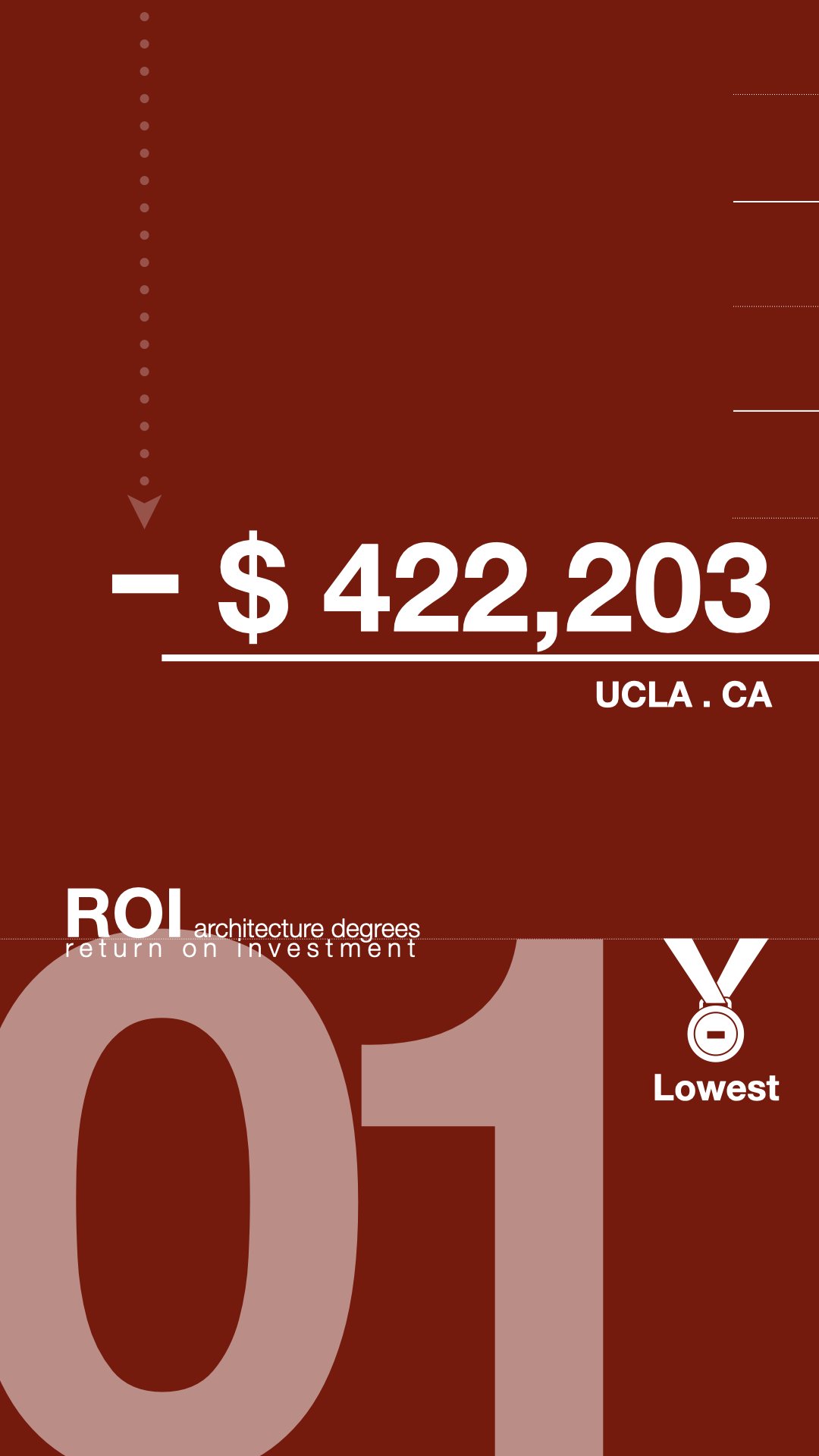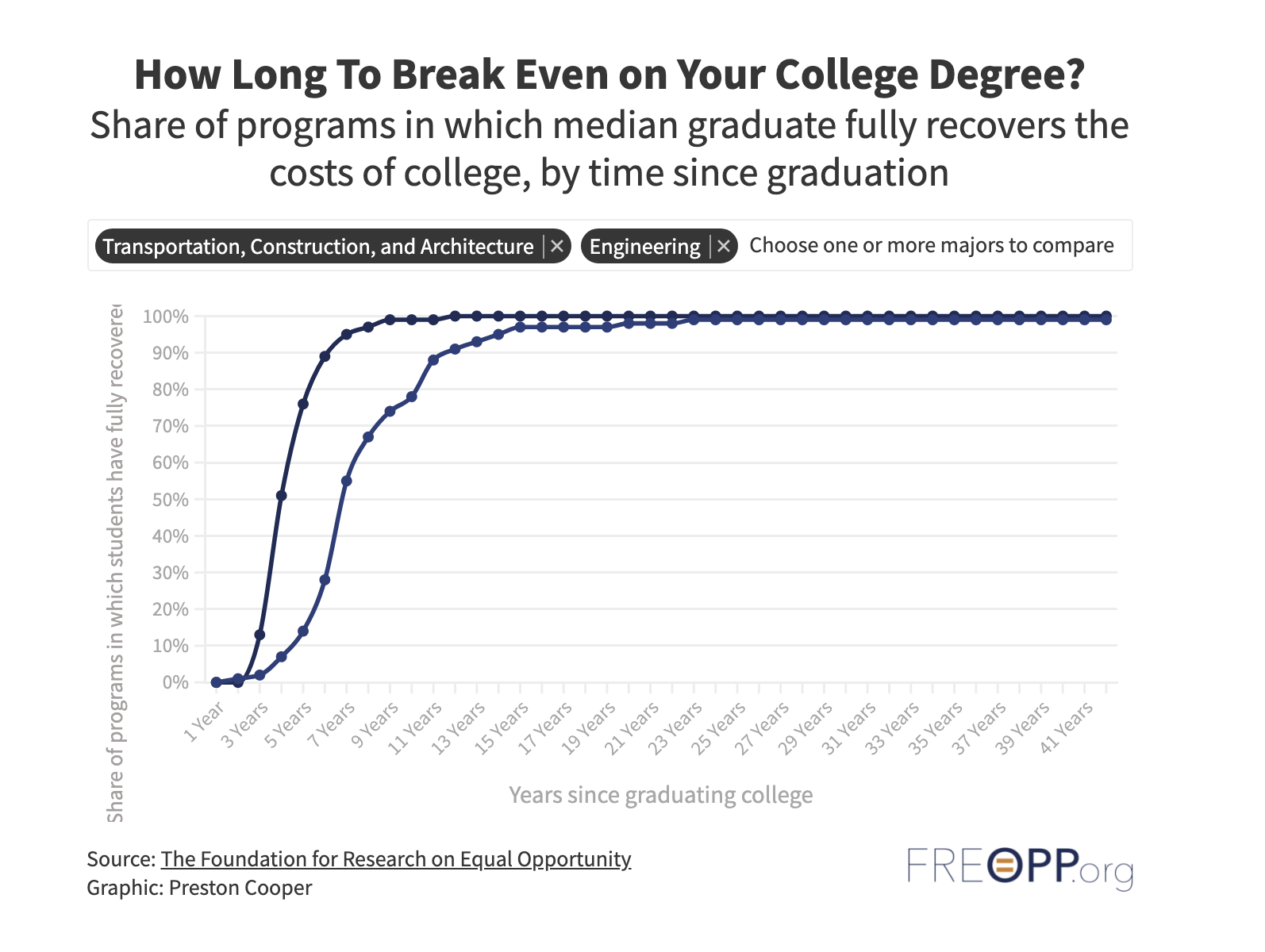My oldest son is applying to university now, and as a parent, I’ll admit I've been overwhelmed by the selection process. There are so many things influencing the decision. Obviously cost sits near the top of the list. One of the resources I discovered that's helped narrow the choices was a study of return on investment - the ROI - of various degrees and their awarding institutions here in the United States. And, although my son is not studying architecture, I couldn't help look through the architecture schools in my search and I wanted to share it with you.
What is the ROI of an architecture degree?
The ROI is simply a measure of the return of your investment against its cost. And in this study, the return is measured as an increase in lifetime earnings.
Obviously, the cost of the college or university you choose will have a big influence on the calculation. More importantly, about half the variation in ROI can be attributed solely to the selection of major. Your program of study will influence the ultimate ROI more than any other single factor because that's what determines your future lifetime earnings.
The median ROI of a student choosing college here in the US is $306,000 to the positive. Meaning the you that chooses to go to college can expect - on average - to earn $306,000 more than the you in a parallel universe that chose not to attend college.
If we look at the areas of study with the highest ROIs, they’re all have in excess of $2.7 million. You'll see computer science, engineering, finance, economics and mathematics degrees represented. No architecture degrees in the top 25 though. In fact, no art-related disciplines at all!
But architecture fares quite well actually.
If we look at the top 5 architecture degrees with respect to ROI you have: The University of Notre Dame in the top spot at just over a million US. Followed by the University of San Francisco at almost $900K. Then, Auburn and Virginia Tech which are both in the low $800s. And there’s Cal Poly San Luis Obispo in fifth at just under $800K (note: these are all 2021 numbers).
Looking through the list of architecture schools, it’s encouraging to see so many well above the median.
Now, we can also look at the top architecture schools by ranking here in the US, here’s the list:
Cornell: $825,133
RISD: $703,420
Unfortunately, Rice and Cooper Union were not represented in the study cohort, I don't know why that is exactly, but those are two prestigious omissions for sure!
Cooper Union (see #3)
Syracuse: $777,211
Virginia Tech mentioned above: $811,475
Pratt Institute: $414,525
Cal Poly San Luis Obispo, again, another top 5 ROI $792,790
University of Texas at Austin: $662,019
SCI-Arc $280,501
Most architecture degrees result in a positive ROI, if we filter the list for just architecture programs, it turns out that about 6% of architecture schools in the study have a negative ROI, meaning you would've done better not attending school at all. So buyer beware if you're considering (or attending) any of those schools!
Of course, I had to check out my alma mater too. I attended Roger Williams University, and that posts a respectable ROI of $382K. It’s above the median but as compared to nearby RISD, it’s a full $300,000 dollars lower.
This –I think – speaks to the network, prestige and connections that an elite university can offer. Elite status is intangible, but it can actually translate to real dollars. Of course, these data are median figures, not averages, which eliminates the outlier or - fat tail - effect of those who earn at the top and bottom end of the scale. I can confidently say that the median is under-baked in my case!
Once you choose a major and remove that variable, a school's graduation rate will have the next largest impact on ROI. About four in ten students here in the US don't finish college, and that's the biggest risk a student faces when it comes to investing in college. If you drop out without the degree, you have all the debt, with none of benefits of college. Knowing this is a risk, you want to choose a school with a higher graduation rate. Some schools are just better at providing the support and resources that help students actually finish their degree. You can find this by just searching for the graduation rate for the school you're considering on the US Department of Education website.
This is naturally an imprecise measure of your actual ROI which will be specific to your situation and the price you negotiate to pay for your education. Here in the US that varies greatly amongst students and is based on a household's ability to pay (your EFC, or expected family contribution) and the merits of their aid package. And, if you're taking out loans to subsidize your education, your break-even point will undoubtedly be different than these data suggest. So it's good to remember that the study makes certain assumptions and projections based on a limited cohort of participants.
Given the raw dataset and your financial aid award, you can drill into each school you're considering and evaluate the data based on your own situation and numbers. This makes it a worthy tool and starting point to help evaluate where to invest.
It's also good to remember that ROI isn't the only metric by which to measure your decision by. Had I known the ROI for my school of choice when I was a high school senior, I’m not sure I would’ve made a different decision given a lower ROI alone. I think of this as another piece of information, rather than the most important one. Having been through architecture school, I can say the most important things to me were some of the most difficult to quantify and measure. The lateral + critical thinking skills, along with the visual, graphic and verbal communication required of an architecture student makes one infinitely employable by a range of fields. Thus I believe an architecture degree can be a net positive investment even if you choose to do something altogether different as a career. Most architecture graduates don’t go on to become architects anyhow.
All that said, the number one reason students opt for a college education is a wage premium in life. It's clearly important to most people.



